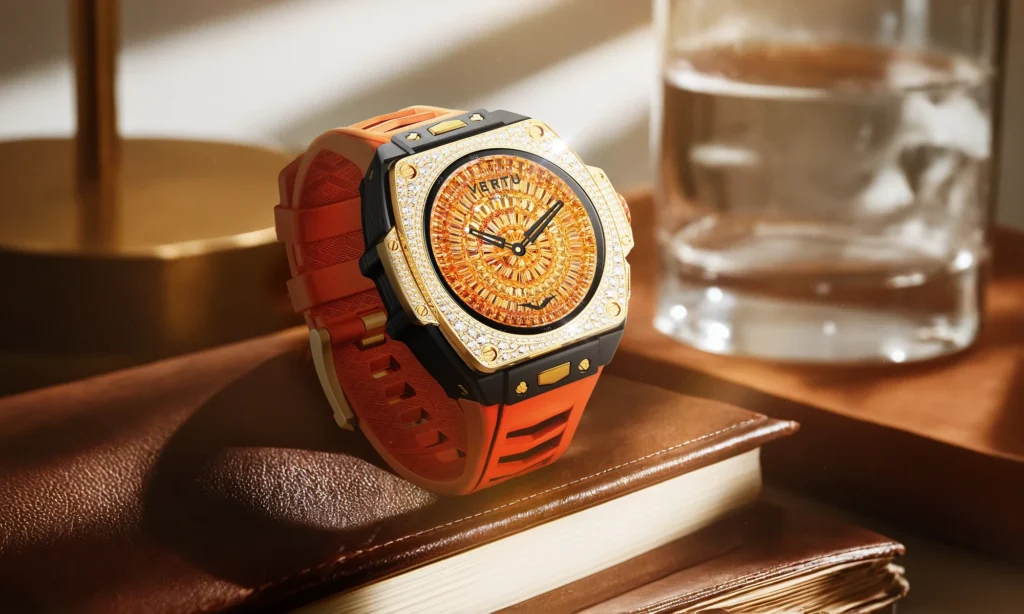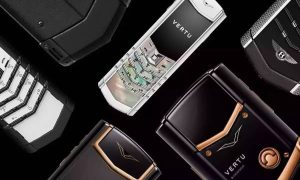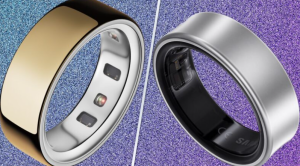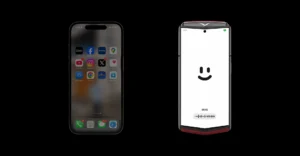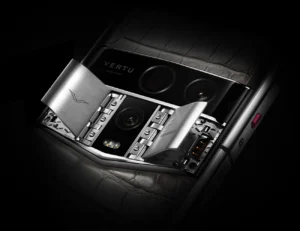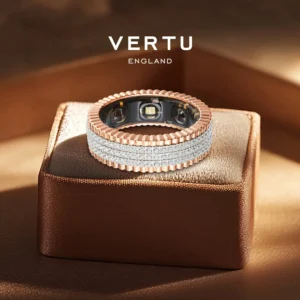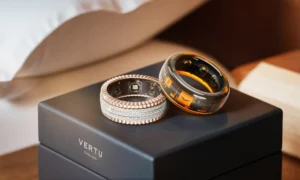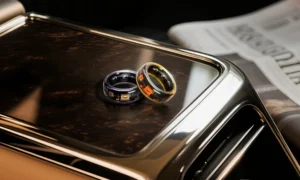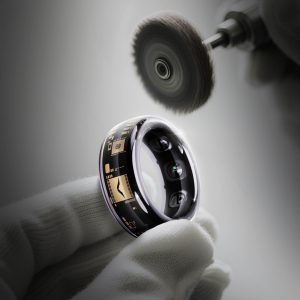In today's rapidly evolving digital landscape, wearable devices for the elderly have become an indispensable tool for enhancing safety, health, and independence. For professionals, caregivers, and seniors themselves, understanding the nuances of this technology provides invaluable insights and actionable strategies. This comprehensive guide will explore all aspects of wearable devices for the elderly, offering practical knowledge and proven approaches to help you make an informed decision.
Why Wearable Devices for the Elderly Matter in 2025
The market for wearable technology tailored to seniors is experiencing significant growth, driven by an aging global population and continuous advancements in technology. These devices are no longer just fitness trackers; they are sophisticated companions that offer a blend of independence and support. By 2030, the market is projected to reach billions of dollars, highlighting the immense opportunities for innovation. The core importance of these devices lies in their ability to offer peace of mind to both the wearer and their loved ones through features like health metric monitoring, fall detection, and emergency services. This technology empowers seniors to live more confidently and maintain their active lifestyles.
Top 5 Wearable Devices for the Elderly in 2025
Choosing the right wearable device can be a game-changer, providing safety, connection, and confidence. Here is a detailed comparison of the top options available in 2025.
1. Apple Watch (SE and Series 9)
The Apple Watch is a leading choice for tech-savvy seniors, especially those who already use an iPhone. It seamlessly integrates advanced health and safety features into a stylish, mainstream smartwatch.
-
Pros: Features automatic fall detection, an ECG app for detecting irregular heart rhythms, and Emergency SOS calling. Its large, crisp display is beneficial for those with mild visual impairments.
-
Cons: Requires an iPhone for full functionality and has a shorter battery life that often requires daily charging.
-
Pricing: Varies by model and features, generally positioned at a premium price point.
2. Medical Guardian MGMove
This device is a smartwatch designed specifically for seniors, emphasizing simplicity and professional monitoring services. It's an excellent option for those who want dedicated safety features without the complexity of a full-featured smartwatch.
-
Pros: Offers 24/7 professional monitoring, an SOS button for emergencies, and GPS tracking to keep caregivers connected. It also includes features like fitness tracking to encourage activity.
-
Cons: Often requires a monthly subscription fee for monitoring services. Response times can vary.
-
Pricing: Involves an initial device cost plus a monthly monitoring fee.
3. Bay Alarm Medical SOS Smartwatch
Bay Alarm Medical is recognized for offering great value with its combination of affordable pricing and high-quality systems. Their SOS Smartwatch provides essential safety features in a discreet and user-friendly design.
-
Pros: Features fast response times, accurate fall detection, and health-tracking capabilities. The caregiver app includes useful tools like GPS tracking and alert history.
-
Cons: While affordable, the most advanced features may come with higher-tier plans.
-
Pricing: Known for competitive monthly rates and often has special offers.
4. Kanega Watch by UnaliWear
The Kanega Watch stands out with its voice-activated interface and independence from a smartphone. It's designed for seniors who want seamless, hands-free access to help.
-
Pros: Features automatic fall detection and a 24/7 emergency response service without needing a phone. Its unique battery system allows for 24/7 wear without ever needing to be taken off for charging.
-
Cons: The design may be bulkier than other smartwatches, and the focus is primarily on safety rather than extensive health metrics.
-
Pricing: Typically involves a device purchase and a recurring service fee.
5. Fitbit Charge 6 / Sense 2
Fitbit devices are excellent for seniors who prioritize straightforward wellness and health tracking without overwhelming complexity. They are known for their sleek designs and user-friendly interfaces.
-
Pros: Offers accurate sleep and heart rate monitoring, and a long battery life. The interface is clean and easier to navigate for those who want health data without complicated menus.
-
Cons: Fall detection and emergency monitoring services are generally not as advanced as dedicated medical alert devices.
-
Pricing: Varies by model, with options available at different price points, some requiring a premium subscription for full data analysis.
Comparison of Top Wearable Devices for Seniors in 2025
| Feature | Apple Watch (SE/9) | Medical Guardian MGMove | Bay Alarm Medical SOS Smartwatch | Kanega Watch | Fitbit (Charge 6/Sense 2) |
| Primary Focus | Health, Fitness & Safety | Professional Safety Monitoring | Value & Safety Features | Voice-Activated Safety | Health & Wellness Tracking |
| Fall Detection | Automatic | Yes | Yes | Automatic | No |
| SOS Button | Yes (Emergency SOS) | Yes (to Monitoring Center) | Yes (to Monitoring Center) | Yes (Voice-Activated) | No |
| GPS Tracking | Yes | Yes | Yes | Yes | Yes |
| Requires Smartphone | Yes (iPhone) | No | No | No | Yes |
| Battery Life | ~18-36 hours | Up to 5 days | Varies | Continuous (Swappable batteries) | 7+ days |
| Subscription Fee | No (Cellular optional) | Yes | Yes | Yes | Optional (Premium) |
How to Choose the Right Wearable Device for the Elderly
Selecting the best device requires careful consideration of the individual's needs and lifestyle.
-
Assess Technological Comfort: For seniors comfortable with technology and who own an iPhone, the Apple Watch is a powerful all-in-one choice. For those who prefer simplicity and a device that works right out of the box, options like the Kanega Watch or Medical Guardian MGMove are more suitable.
-
Prioritize Key Features: If the primary concern is immediate emergency response and fall detection, a dedicated medical alert smartwatch like those from Medical Guardian or Bay Alarm Medical is ideal. For users more focused on tracking heart health, sleep patterns, and daily activity, a Fitbit is an excellent and less complex option.
-
Consider Battery Life and Maintenance: Devices with long battery life, like a Fitbit, reduce the hassle of frequent charging. The Kanega Watch's swappable battery system is unique and ensures the device never has to be removed. This is a critical factor, as a device is only effective if it's being worn.
-
Evaluate Costs: Be sure to factor in both the upfront cost of the device and any ongoing monthly subscription fees for monitoring services. Brands like MobileHelp and Bay Alarm Medical are often cited for their affordability.
Conclusion
Through this comprehensive exploration, we have gained valuable insights into the top wearable devices for the elderly in 2025. This technology offers a powerful blend of safety, health monitoring, and connectivity, empowering seniors to live with greater independence and confidence. Mastering this knowledge will help you choose the right device to achieve better results in your related endeavors. Start implementing these strategies today, and you can be confident in achieving your desired outcomes.
Frequently Asked Questions (FAQ)
1. How accurate is fall detection in wearable devices?
Modern fall detection devices use a combination of accelerometers and gyroscopes to achieve high accuracy. Studies have shown an average sensitivity of over 93%. However, no system is perfect, and false alarms can occur. It's important to choose a device that also allows for easy cancellation of false alarms.
2. Do all wearable devices for seniors require a monthly subscription?
No, not all devices require a subscription. Mainstream smartwatches like the Apple Watch or Fitbit do not have mandatory monitoring fees, though some features may require a cellular plan or a premium app subscription. However, devices that connect to a 24/7 professional monitoring service, such as those from Medical Guardian and Bay Alarm Medical, typically require a monthly fee.
3. Can these devices be used by someone who is not tech-savvy?
Absolutely. Many devices are designed with simplicity in mind. The Kanega Watch, for example, is voice-activated and works right out of the box without complex setup. Medical alert smartwatches often have a single button for emergencies and a clear display, making them very user-friendly.
Who Should Buy These Devices?
-
Tech-Savvy and Active Seniors: Individuals who are comfortable with technology and want a wide range of health, fitness, and communication features will find the Apple Watch to be an ideal fit.
-
Seniors Prioritizing Safety and Simplicity: For those whose primary need is reliable fall detection and an easy way to call for help, a dedicated medical alert device like the Medical Guardian MGMove or Bay Alarm Medical SOS Smartwatch is highly recommended.
-
Individuals with Limited Mobility or Dexterity: The Kanega Watch is an excellent choice due to its voice-activated controls and unique charging system that allows for continuous wear, which is crucial for constant protection.
-
Health-Conscious Seniors: Those who want to monitor their daily activity levels, sleep quality, and heart health without the complexity of a full smartwatch would benefit from a Fitbit device.

